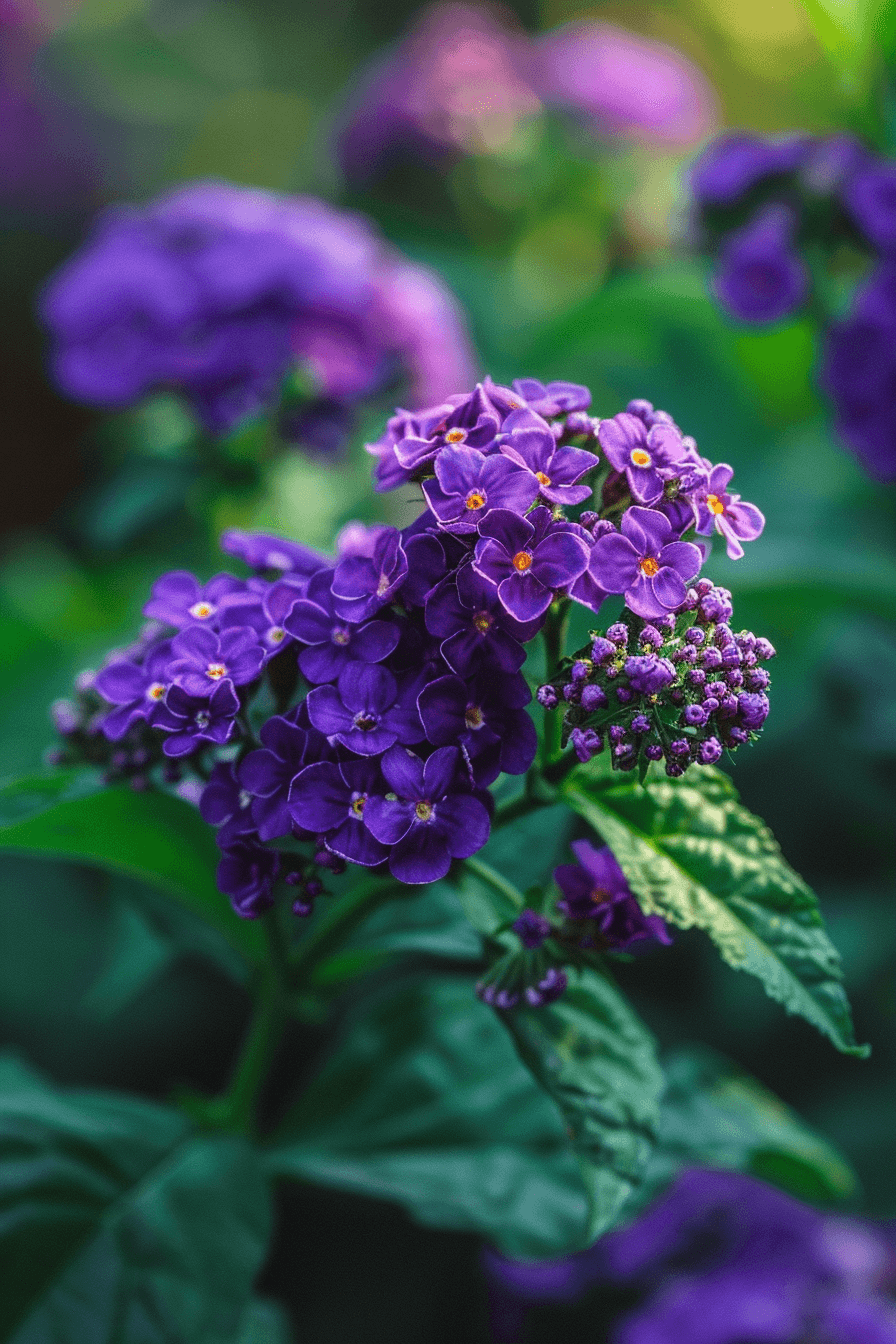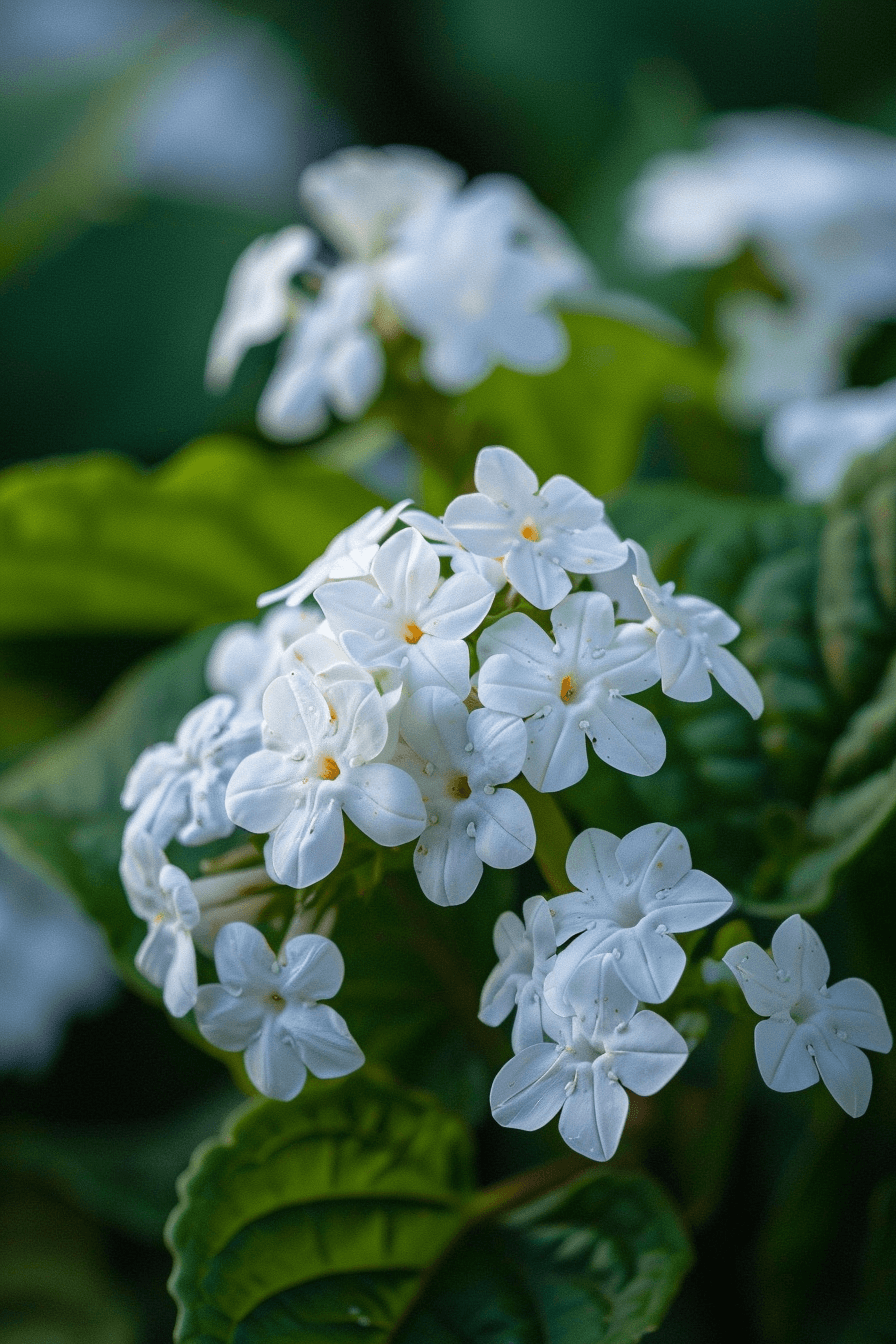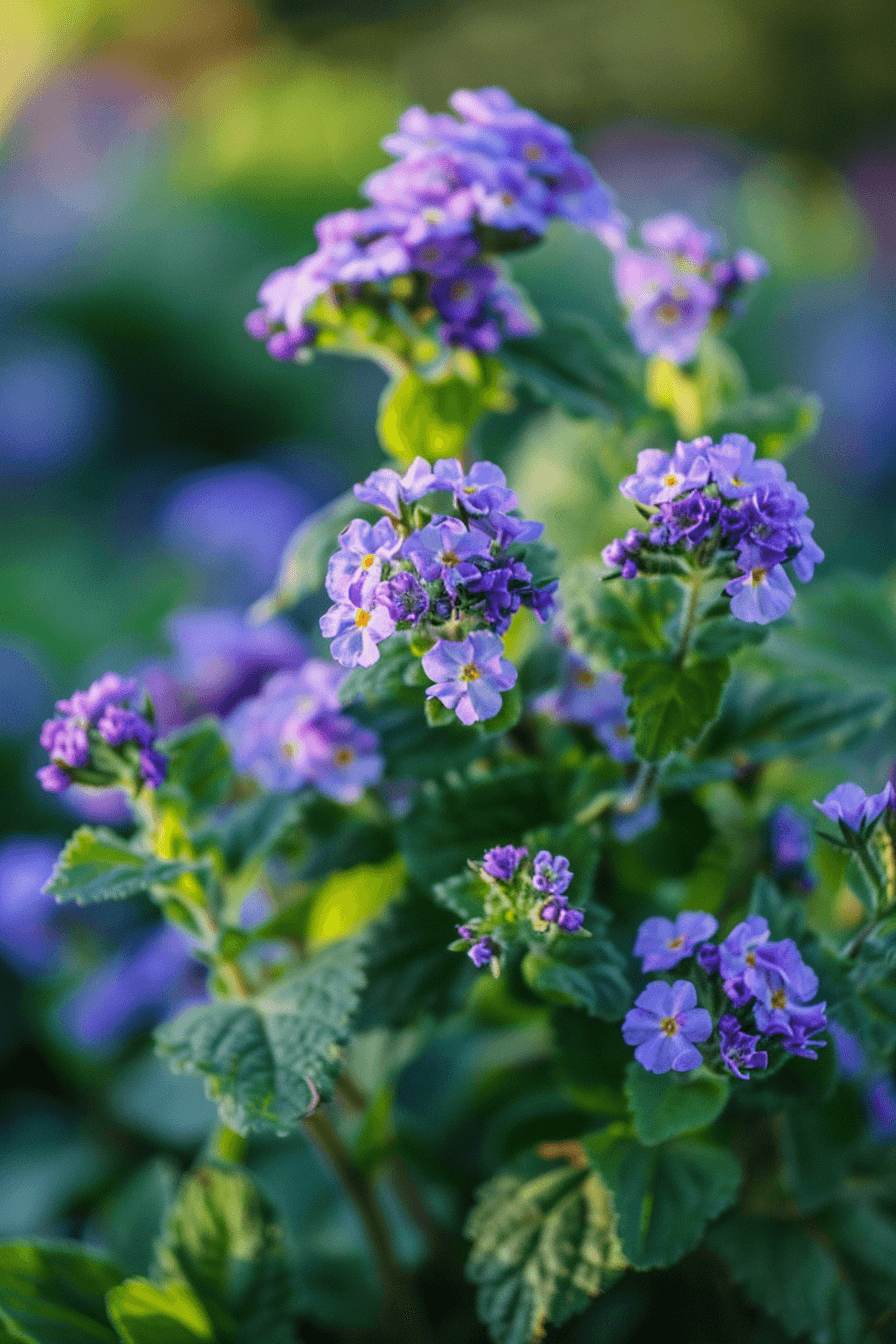A Gentle Guide to Heliotrope Varieties: Fragrant Whispers of Strength and Grace
In the soft folds of my garden’s quiet corners, Heliotrope emerges like a whispered secret—its clusters of tiny blossoms singing in delicate purples, pristine whites, and gentle blues. These fragrant gems are not just flowers; they are tender storytellers of resilience, embodying the quiet strength I cherish in my own journey as a woman embracing vulnerability and power hand in hand.
Heliotrope, with its name meaning “sun-turner,” gently reminds me of the feminine capacity to seek light and warmth even when shadows linger. Each bloom turns softly towards the sun, much like how we turn towards our own inner light despite life’s trials. This plant’s enchanting scent carries the memory of summers past and hopes yet to come—a fragrant metaphor for growth, healing, and renewal.
Classic Purple Heliotrope (Heliotropium arborescens)

The deep, velvety purple blossoms of the Classic Purple Heliotrope create a dreamy, nostalgic aura—like a lullaby in flower form. Its sweet vanilla and cherry fragrance wraps around the senses, offering a balm for restless hearts. This variety invites you to pause, breathe, and reconnect with your own gentle power.
Care Tip: Prefers rich, well-draining soil with partial to full sun exposure. Regular watering keeps blooms vibrant but avoid soggy conditions. Deadhead spent flowers to encourage prolonged blooming and fragrance.
White Lady Heliotrope (Heliotropium arborescens ‘White Lady’)

The White Lady Heliotrope shines with a serene elegance—the purity of its petals evoking calm and clarity. Like a quiet guardian, it stands strong yet gentle, symbolizing the grace found in resilience. Its delicate fragrance mingles subtly with garden breezes, offering moments of mindful stillness.
Care Tip: Thrives in partial shade with well-aerated, moist soil. Protect from harsh afternoon sun and strong winds. Pruning encourages bushier growth and richer blooms.
Marine Heliotrope (Heliotropium arborescens ‘Marine’)

The Marine variety enchants with soft blue-violet hues, evoking the serene depths of ocean waves. It calls to the dreamer in us all, a reminder to dive into our emotions with courage and gentleness. Its subtle scent is like a whispered promise of healing and rebirth.
Care Tip: Grows best in fertile, well-drained soil with full sun to partial shade. Requires regular watering during dry periods and benefits from light fertilization every few weeks during the growing season.
Heliotrope and the Feminine Spirit: A Blooming Metaphor for Inner Light
Tending to heliotrope is a meditation on the dance between fragility and strength. Its blooms teach me that soft femininity is not weakness, but a profound resilience—a daily turning toward the sun despite the clouds. In nurturing these flowers, I nurture myself; in their fragrant bloom, I find my own story of growth and gentle rebellion.
This flower, with its delicate perfume and radiant hues, invites us to embody grace under pressure and to bloom authentically in our own time and space. It is a floral anthem for the woman who knows her worth, even when she whispers it softly.
FAQ: Caring for Heliotrope
Q1: How much sunlight does heliotrope need?
A1: Heliotrope prefers full sun to partial shade, ideally receiving at least 4-6 hours of direct sunlight daily for optimal blooming and fragrance.
Q2: What is the best soil type for growing heliotrope?
A2: Well-draining, fertile soil rich in organic matter is best. Avoid waterlogged conditions to prevent root rot.
Q3: How often should I water heliotrope?
A3: Keep the soil consistently moist, watering regularly but allowing the top inch to dry out between watering to avoid soggy soil.
Q4: How can I encourage more blooms on my heliotrope?
A4: Regular deadheading (removal of spent flowers) and occasional feeding with a balanced fertilizer will promote prolonged and abundant flowering.
Q5: Are heliotropes susceptible to pests or diseases?
A5: They can be prone to aphids and whiteflies; inspect plants regularly and treat infestations early with insecticidal soap or neem oil for organic control.
In the delicate petals and sweet fragrance of heliotrope, I find a daily reminder: to seek light, to embrace softness as strength, and to bloom bravely—just as I am.
— Jojo Len
🌸 Keep Wandering Through the Garden
- A Gentle Guide to Lavender Varieties: Perfect Choices for Balcony, Aromatherapy & Garden Bliss
- Five Tender Sunflowers for Small Gardens & Big Feelings
- A Gentle Guide to 8 Classic Rose Varieties & Care Tips for Slow Living Gardeners
- A Gentle Guide to Cosmos: Three Varieties for Joyful, Wild Gardens
- Gentle Blossoms: A Zinnia Guide for Your Soulful Garden
- A Gentle Guide to Marigold Varieties
- A Gentle Guide to Petunia Varieties
- A Gentle Guide to Pansy Varieties: Faces of Resilience
- A Gentle Guide to Viola Varieties
- A Gentle Guide to Tulip Varieties
- A Gentle Guide to Lily Varieties
- A Gentle Guide to Chrysanthemum Varieties
- A Gentle Guide to Calendula Varieties
- A Gentle Guide to Nasturtium Varieties
- A Gentle Guide to Cornflower Varieties
👉 Explore more at jojolen.shop
- Pinterest: @GrowandGathertogether | Instagram: @jojolen6666
- Images © jojolen.shop — credit if shared. No commercial use without permission.
